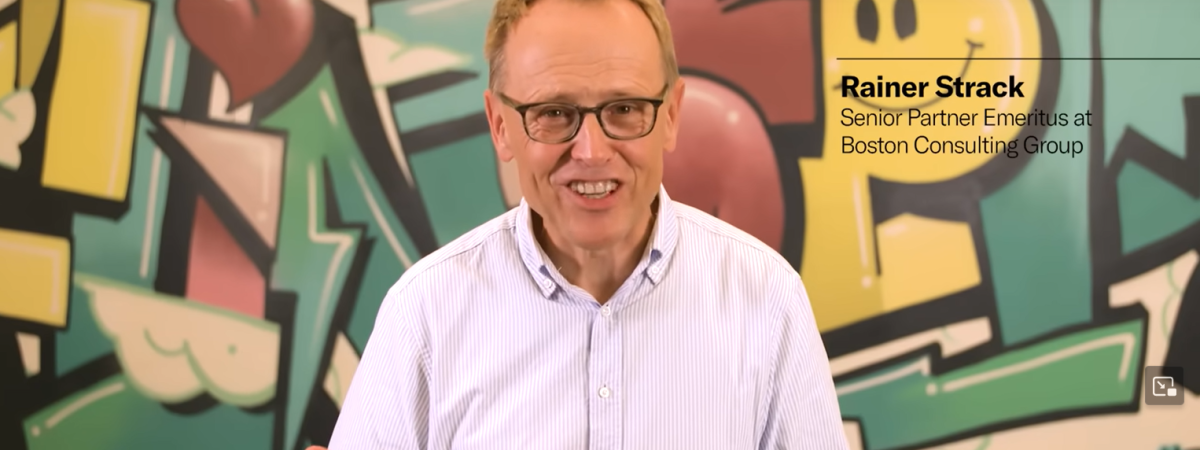
SaaS, PaaS, or IaaS? What’s the difference, and how can you tell which one’s right for you?
When it comes to cloud computing, if you’re not on board, you’re already behind. Given the rise in popularity and accessibility of cloud-based business solutions, to say the market wasn’t already saturated would be an understatement. In this article, we examine the different kinds of cloud computing structures and how they have the potential to reduce company expenditures and improve productivity.
SaaS vs PaaS vs IaaS
The cloud computing ecosystem can seem daunting to companies that have previously relied upon physical, on-premises IT solutions. However, chances are you’re already using one, and its use can be optimized. Before we dive into the benefits, it’s key to understand the differences between cloud computing systems to determine which one is appropriate for you.
To understand the following differences better, it’s helpful to imagine the three kinds of solutions in logical order, starting with IaaS closest to the hardware, and ending with SaaS, furthest from the hardware.
IaaS (Infrastructure as a Service)
Infrastructure as a Service (IaaS) is often thought of as the base of cloud services. Predominately the back end of IT infrastructure, IaaS products allow control of an organization’s resources such as their network, servers, and data storage, all on the cloud.
Examples of Common IaaS
- Microsoft Azure
- DigitalOcean
- Linode
- Amazon Web Services (AWS)
- Cisco Metapod
- Google Compute Engine
IaaS Benefits
Compared to traditional systems, IaaS comes with many advantages, especially when in regards to reducing operational expenses. The benefit of opting for the implementation of an IaaS for your business lies in its easy onboarding characteristics. For instance, the upfront cost will be much lower than physical systems, and the amount of storage can be easily manipulated to accommodate spikes in usage. IaaS also provides greater cyber security than hosting cloud infrastructure in-house because security is maintained at data centers and via encryption.
IaaS Use Cases
- E-commerce: IaaS is an excellent tool for those in the e-commerce sphere because of its ability to easily scale based on drastic changes in demand and site traffic.
- Startups: For businesses that lack initial funds, IaaS is a great option for those who want access to enterprise-class data capabilities but don’t want to pay for on-premises IT systems.
- Disaster Recovery: When issues arise, IaaS can deploy disaster recovery processes among multiple locations all at once, facilitating repair effectively.
PaaS (Platform as a Service)
In contrast to IaaS, Platform as a Service (PaaS) offers the next step allowing businesses and developers to build and deploy applications without necessarily having to host them. This fosters the perfect environment perfect for developers, they’re able to write the code needed to build and manage various applications, all without dealing with software updates or hardware maintenance.
Examples of PaaS
- AWS Elastic Beanstalk
- Windows Azure
- Google App Engine
- Apache Stratos
- OpenShift
- Heroku
- Red Hat Open Shift
Benefits of PaaS
Compared to IaaS, PaaS allows users to build, test, deploy, run, and scale applications much faster than alternatives. The faster time to market makes PaaS ideal for reducing the duration of design stages, something extremely valuable when it comes to testing out new technologies or accommodating real-time data processing from Internet of Things (IoT) devices.
PaaS Use Cases
- Cross Platform: PaaS levels the playing field when it comes to developing solutions that support various platforms. To remain in the spotlight, businesses need to be able to meet the users where they already are (web, mobile, tablet).
- Mobile Development: PaaS is often the go-to for mobile development because it allows the easy tie-in of other aspects that may affect the app but does not necessarily need to be built in, phone camera or GPS for example.
- Agile Design Processes: PaaS aids in the ability to implement agile design processes, extremely compatible with the entire DevOps cycle needed to constantly adapt after release.
- IoT: PaaS supports a diverse range of programming languages that are commonly used for IoT applications and can manage and process real-time data.
SaaS (Software as a Service)
What is probably the most familiar word thrown around these days, but does not refer to all cloud computing systems, would be Software as a Service (SaaS). SaaS builds upon IaaS and PaaS, offering complete ready-to-use software that already comes with all the infrastructure required to deliver it. Today almost everyone uses SaaS throughout their day-to-day operations, and it’s almost become hard to avoid. However, given the saturation within the industry, it’s easy to overspend in this area. Most SaaS companies rely on subscription-based models or a “freemium” approach to their services, meaning some aspects are free but you can pay for more.
Examples of SaaS
- Google Suite
- HubSpot
- Dropbox
- Salesforce
- Trello
- Asana
- Netflix
- Zendesk
Benefits of SaaS
For smaller organizations, the adoption of SaaS is very helpful when it comes to increasing overall efficiency and streamlining digital communication. It’s also great for businesses that don’t have the staff or capacity to handle the software installation and updates that IaaS and PaaS require overtime. Thus, it’s a very beneficial option if you’re looking for a cloud solution that will be used periodically rather than needing something running constantly. However, this could also be described as a double-edged sword because the convenience SaaS provides is also taken away when it comes to managing security. Due to fewer control options, most SaaS doesn’t provide the option of significant modification when it comes to performance and security, so it’s crucial to weigh the pros and cons.
As for SaaS use cases, well it’s made its way to just about everything, and quite frankly, it’s hard to avoid. Just about any digital personal and workplace productivity tool is a SaaS.
In conclusion…
When it comes to understanding the scope of cloud computing it can become quite overwhelming and complex. It’s not uncommon to overspend in this area given the ambiguity that arises from such topics. However, being able to distinguish cloud computing systems from each other is the first step to understanding your specific software needs. With varying levels of control, security, and general capabilities offered on the market, the world of cloud computing can seem daunting, but understanding the difference between what’s currently on the market will help make the decision simpler.










